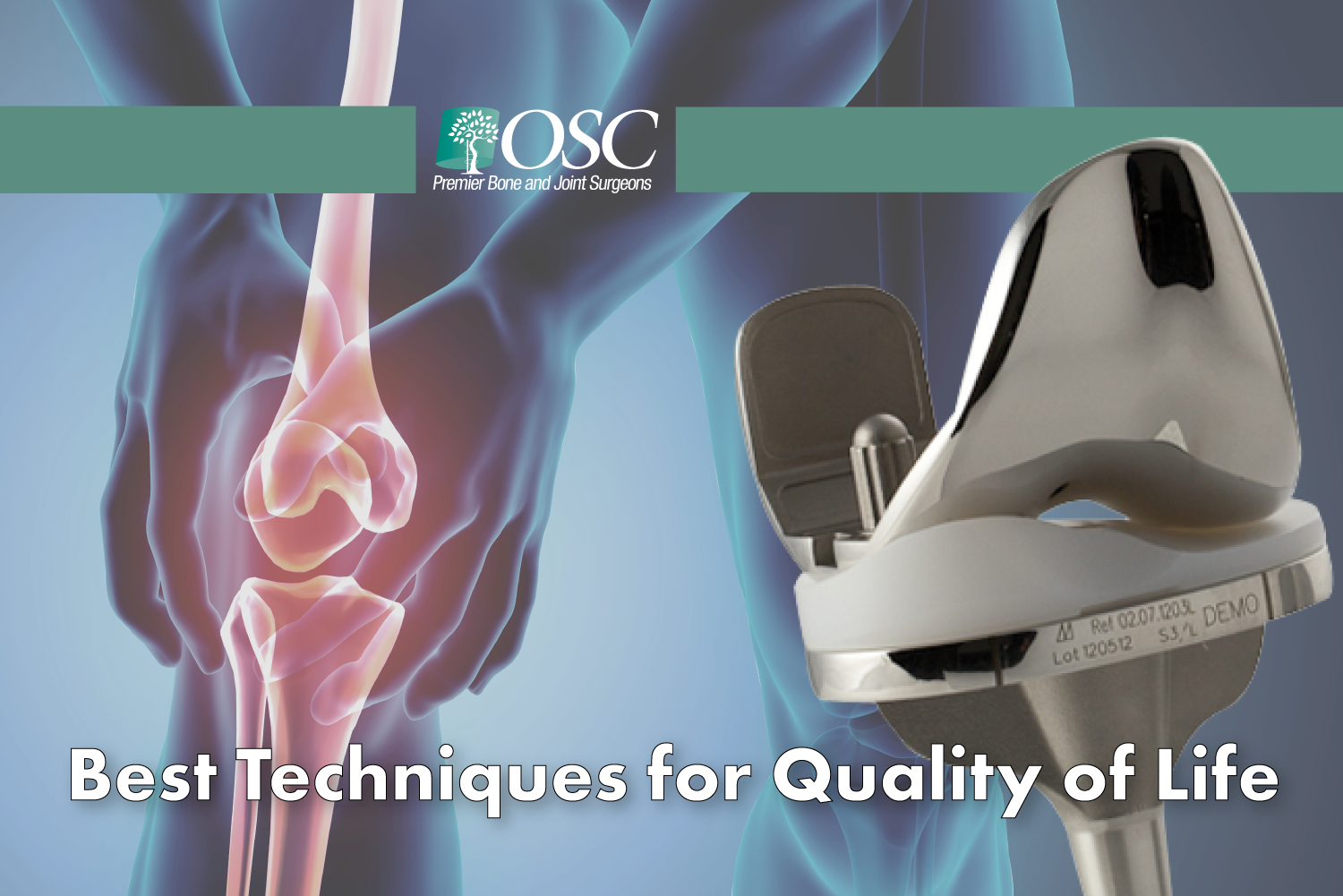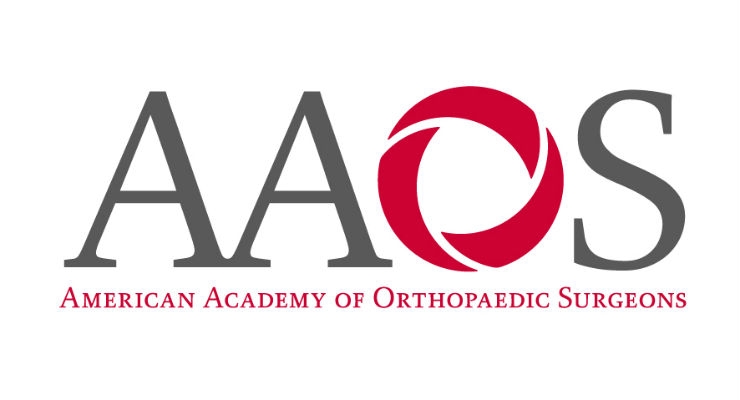Although the AAOS Annual Meeting unfortunately had to be cancelled this year, due to the pandemic situation, Dr. Scott’s important research for the event was still covered in Orthopedics Today. Another orthopedic surgeon, Dr. Thomas J. Barrett, also left some enlightening comments on Dr. Scott’s work. Let’s take a look at a summary of the research and comments!
The Study
Dr. Scott and some of his colleagues worked with patients undergoing elective primary TKA to assign a posterior-stabilized implant system or a medially stabilized implant system on a randomized basis. Researchers assessed and compared outcomes for the two groups both before surgery and after, at 6 week, 6 month, 1 year, and 2 year follow-up appointments.
Results showed patients in the posterior-stabilized device group had a 7.24% longer tourniquet time compared with the medially stabilized device group. The medially stabilized device group also demonstrated better 1- and 2-year postoperative forgotten joint scores, Knee Society Scores, and flexion. For example, at 2 years postoperatively, patients in the medially stabilized group had an average forgotten joint score twenty points higher than the same score in the posterior-stabilized group. Results also showed the medially stabilized group had an average maximum active flexion that was 8° greater than the posterior-stabilized group. On the other hand, alignment did not differ between the two groups (either pre- or postoperatively), at least as measured in the coronal plane with long-standing radiographs both preoperatively and postoperatively.
The Commentary
Dr. Barrett points out that Dr. Scott’s research is one of the few randomized control studies that compare medial stabilized to posterior stabilized designs. He believes that the findings are encouraging, and observes that medially stabilized knee designs and kinematic alignment (both of which Dr. Scott uses) are complementary in their focus on restoring pre-arthritic alignment rather than mechanical alignment. Dr. Barrett does point out that kinematic alignment can increase contact stresses and wear on the medial compartment of the knee. Long-term studies are necessary to evaluate the wear characteristics of the added medial constraint. Given that Dr. Scott is a premier researcher in his field, however, no doubt he will be following up on these concerns in his upcoming research.
As always, Dr. Scott remains a leader in his field, both for innovative practice and for excellent research. If that’s the doctor you want taking care of your joints, we highly recommend scheduling an appointment today to talk about your options.





